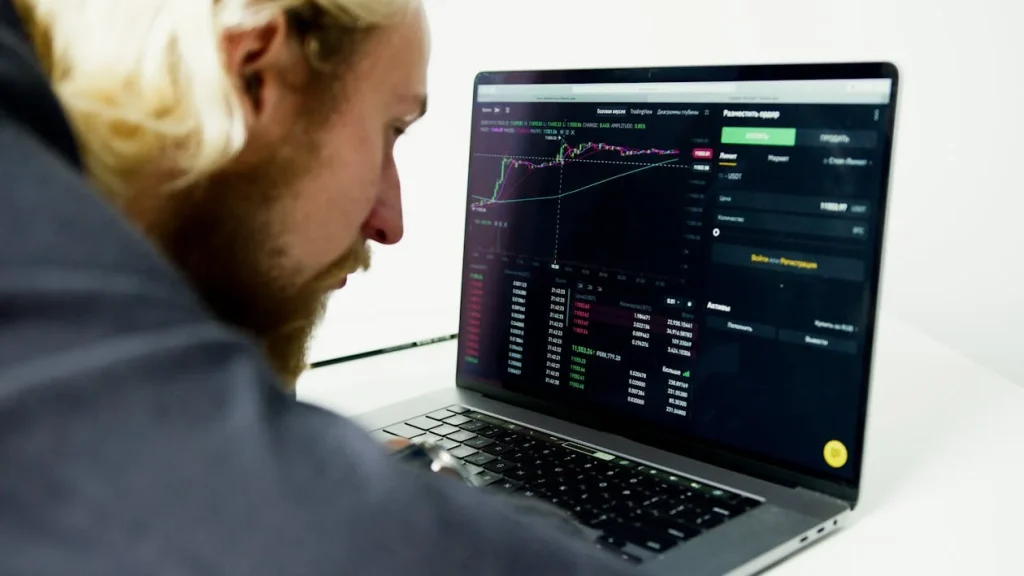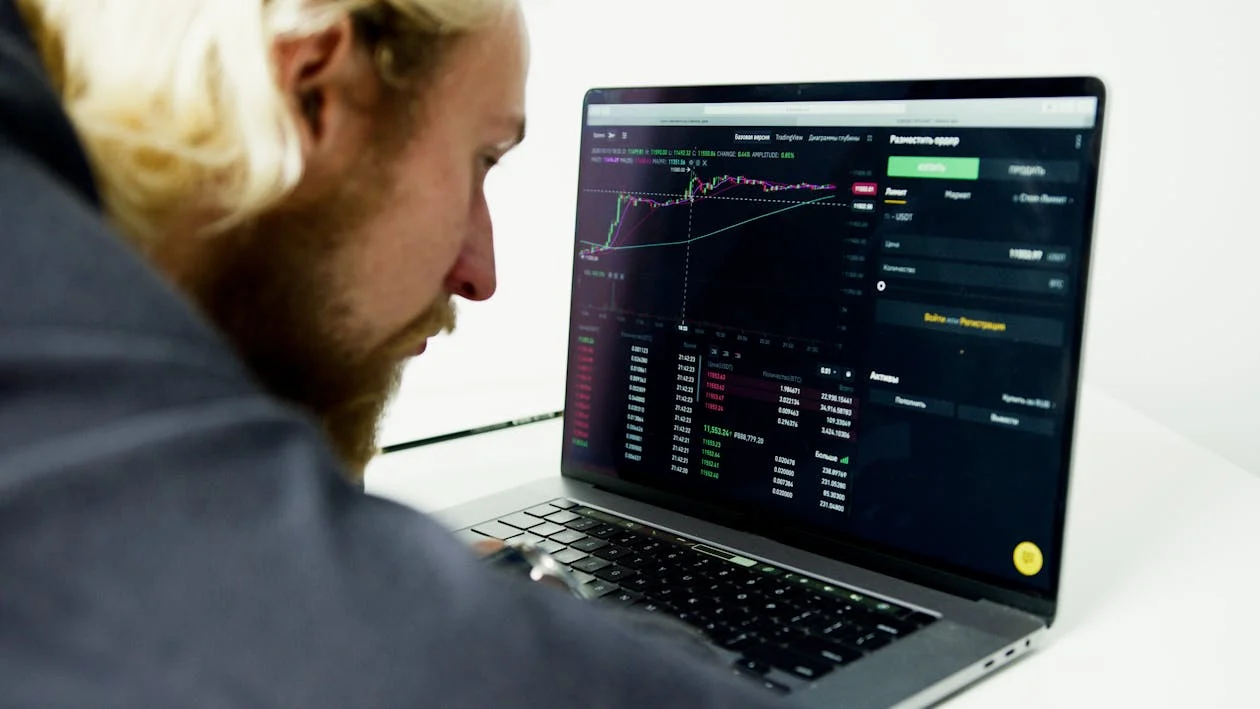Protecting Your Capital: Mastering Risk Management in Forex Trading
One of the most crucial aspects of successful Forex trading is risk management. In an environment as volatile as the Forex market, understanding how to protect your capital is vital for long-term success. This article will explore the importance of risk management and the various strategies traders can employ to safeguard their investments while maximizing their potential profits.

Why Risk Management is Critical in Forex Trading
Forex trading offers enormous profit potential, but it also comes with significant risks. The market can be unpredictable, and small movements in currency prices can lead to large profits or losses. Without proper risk management, traders can easily lose their entire capital, especially if they don’t account for market volatility.
Risk management helps traders minimize losses while maximizing the chances of making profitable trades. It involves implementing strategies and tools that allow traders to control how much capital they’re willing to risk on each trade. This reduces the emotional stress of trading and enables traders to stick to their strategies with a clear mind.
Key Risk Management Strategies for Forex Traders
1. Setting Stop-Loss Orders
One of the most fundamental tools for risk management is the stop-loss order. A stop-loss order automatically closes a position when the price reaches a certain level, limiting potential losses. By setting stop-loss levels, traders can ensure that they don’t lose more money than they are comfortable with on any single trade.
It’s essential to set stop-loss levels based on market conditions and volatility, as a poorly placed stop-loss can result in an unnecessary loss. Many traders place stop-losses at key support or resistance levels for added protection.
2. Position Sizing
Position sizing refers to the amount of capital a trader allocates to a particular trade. The key to effective position sizing is to ensure that the risk on each trade is a small percentage of your overall trading capital. Most professional traders risk only 1-2% of their account balance on a single trade.
By using proper position sizing, traders can withstand a series of losses without significantly impacting their overall capital. It’s important to adjust your position size based on the volatility of the currency pair you are trading and the size of your stop-loss.
3. Risk-to-Reward Ratio
The risk-to-reward ratio is a measure of how much potential profit you stand to make compared to how much you are willing to risk on a trade. For example, a 1:2 risk-to-reward ratio means that for every $1 you risk, you aim to make $2 in profit. Many traders aim for a risk-to-reward ratio of at least 1:2, meaning the potential reward is twice the amount of the potential risk.
Maintaining a favorable risk-to-reward ratio ensures that even if you have a lower win rate, your profitable trades will more than compensate for the losses.
4. Diversification
Diversification involves spreading your investments across multiple assets or currency pairs to reduce the overall risk. By diversifying your portfolio, you can avoid the risk of relying on a single trade or currency pair to generate profits. This strategy helps reduce the impact of losses on your overall capital, as one losing position will not wipe out all your profits.
However, it’s important not to over-diversify, as this can lead to confusion and diluted focus. Focus on a few high-quality trades and apply risk management principles to each one.
5. Keeping a Trading Journal
Another valuable risk management strategy is maintaining a trading journal. This allows you to track your trades, including entry and exit points, stop-loss levels, and the reasoning behind each decision. By reviewing your journal regularly, you can identify patterns in your trading behavior and adjust your strategy accordingly.
Additionally, journaling helps you stay disciplined and avoid emotional decisions that can lead to risky trades.
The Psychological Aspect of Risk Management
Risk management in Forex trading is not just about numbers and tools; it’s also about controlling your emotions. Many traders fall victim to emotional decision-making, which often leads to higher risk-taking and poor outcomes. Fear of missing out (FOMO) and greed can cause traders to take unnecessary risks, while the fear of loss can lead to premature exits from profitable trades.
Successful traders learn to control their emotions by sticking to their trading plan and risk management rules. It’s important to accept that losses are part of the game and that no trader can win every trade. By focusing on long-term consistency rather than short-term gains, traders can avoid impulsive decisions that jeopardize their capital.
Final Thoughts
Risk management is an essential aspect of Forex trading that separates successful traders from those who eventually blow their accounts. By utilizing stop-loss orders, controlling position sizes, maintaining a favorable risk-to-reward ratio, and diversifying your trades, you can protect your capital and improve your long-term profitability.
Furthermore, understanding the psychological aspects of risk management is key to developing a disciplined approach to trading. With the right mindset and strategies, you can reduce the impact of losses and make more informed decisions in the Forex market.




